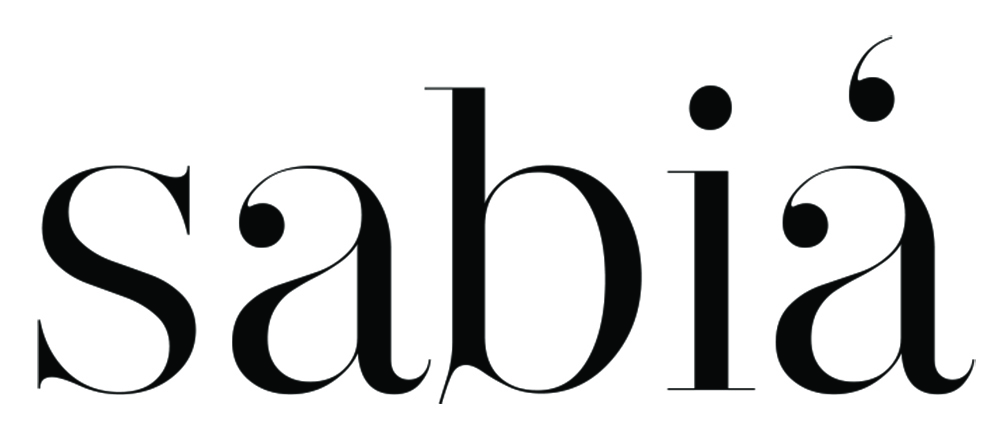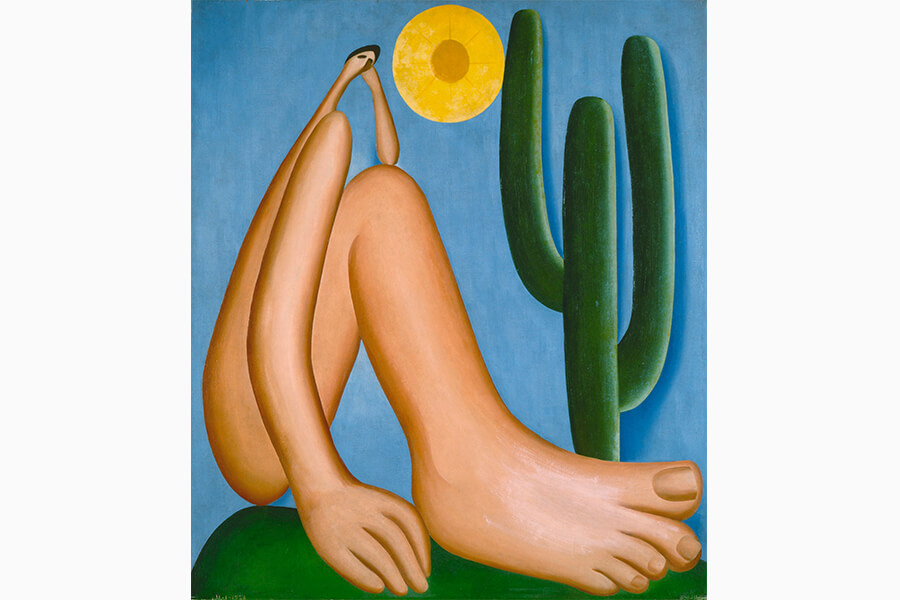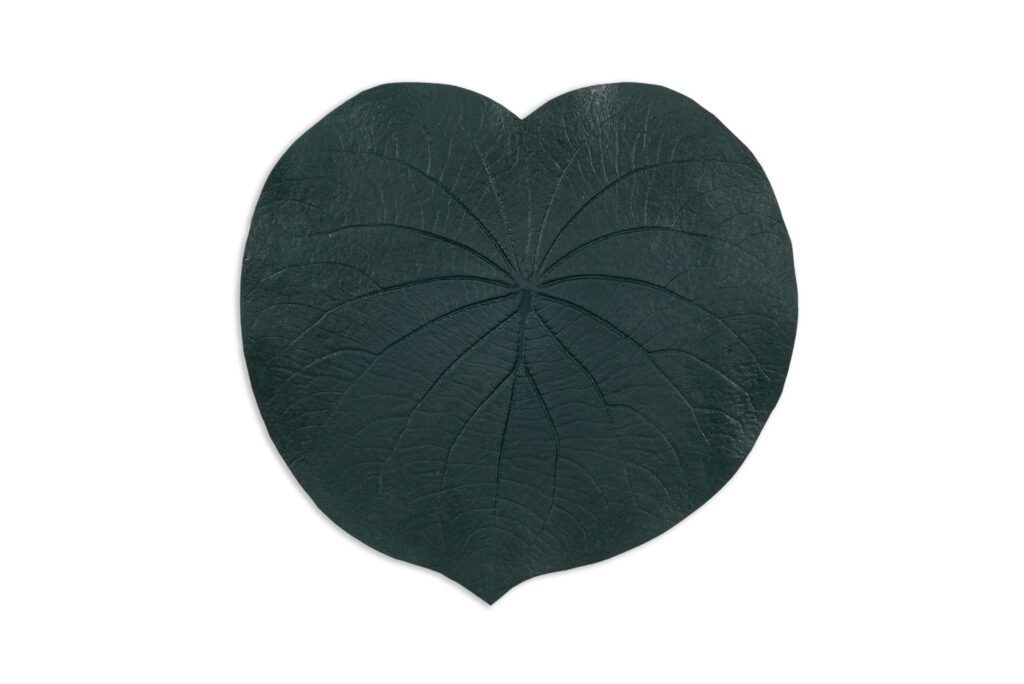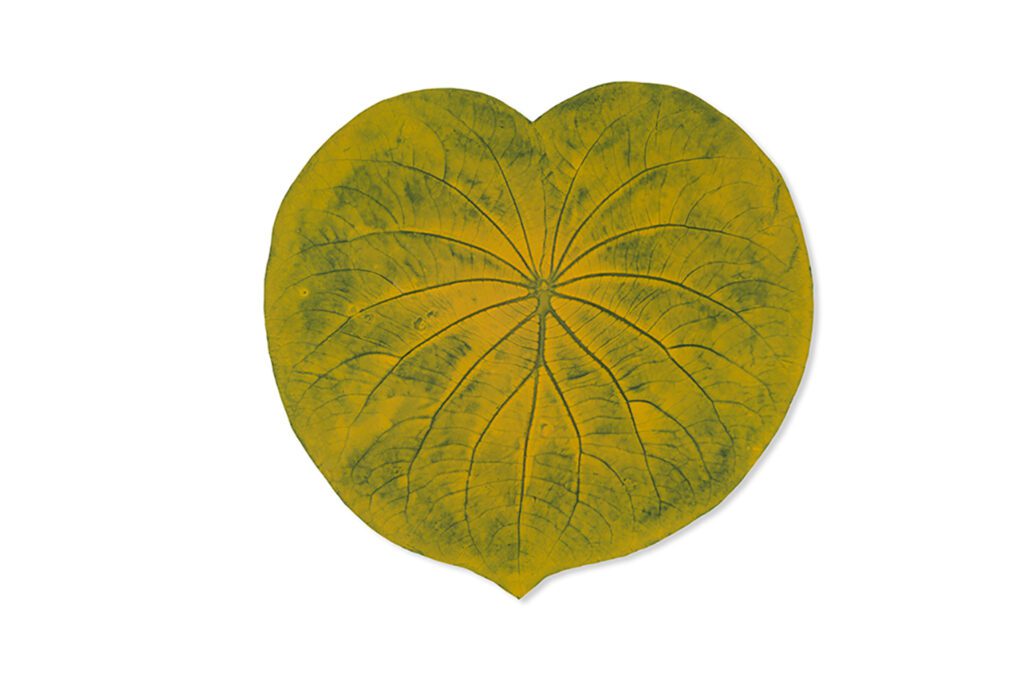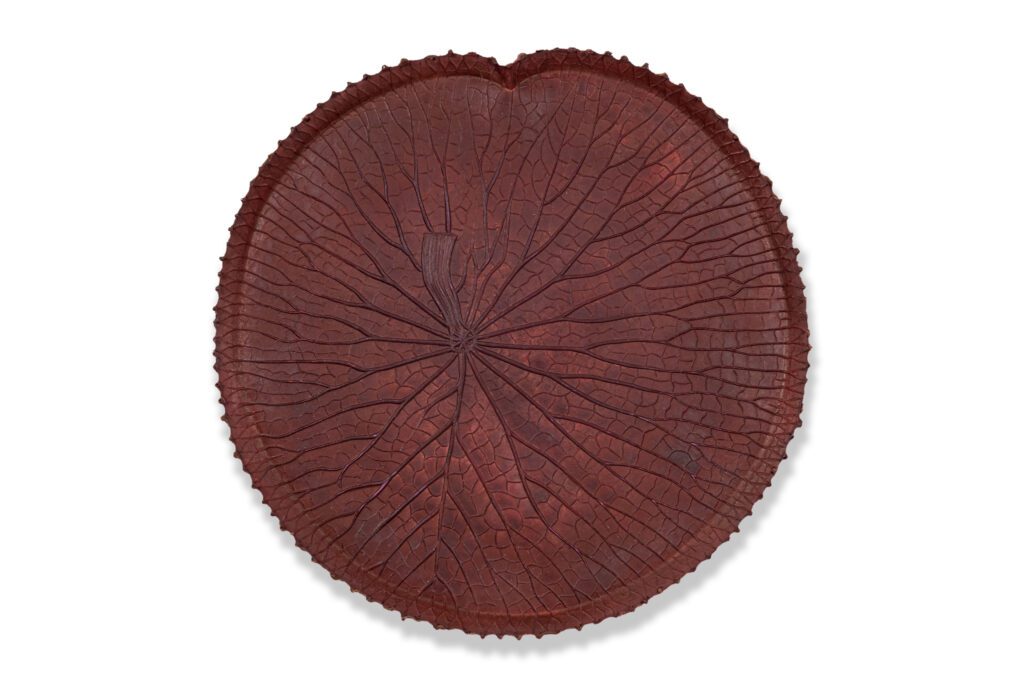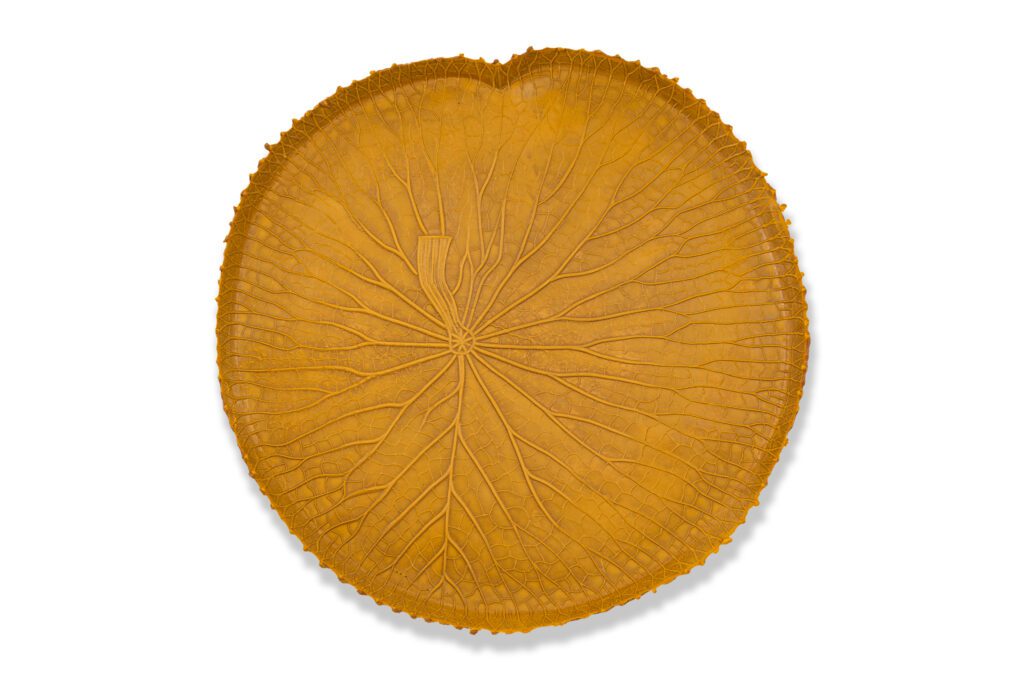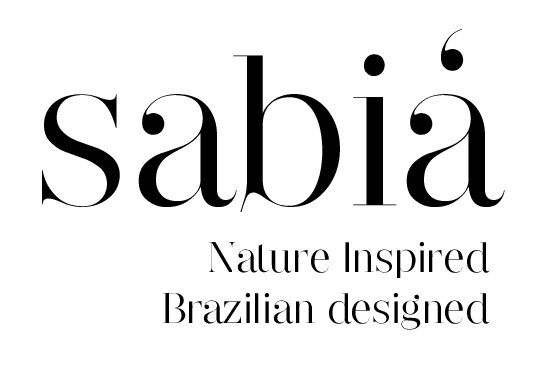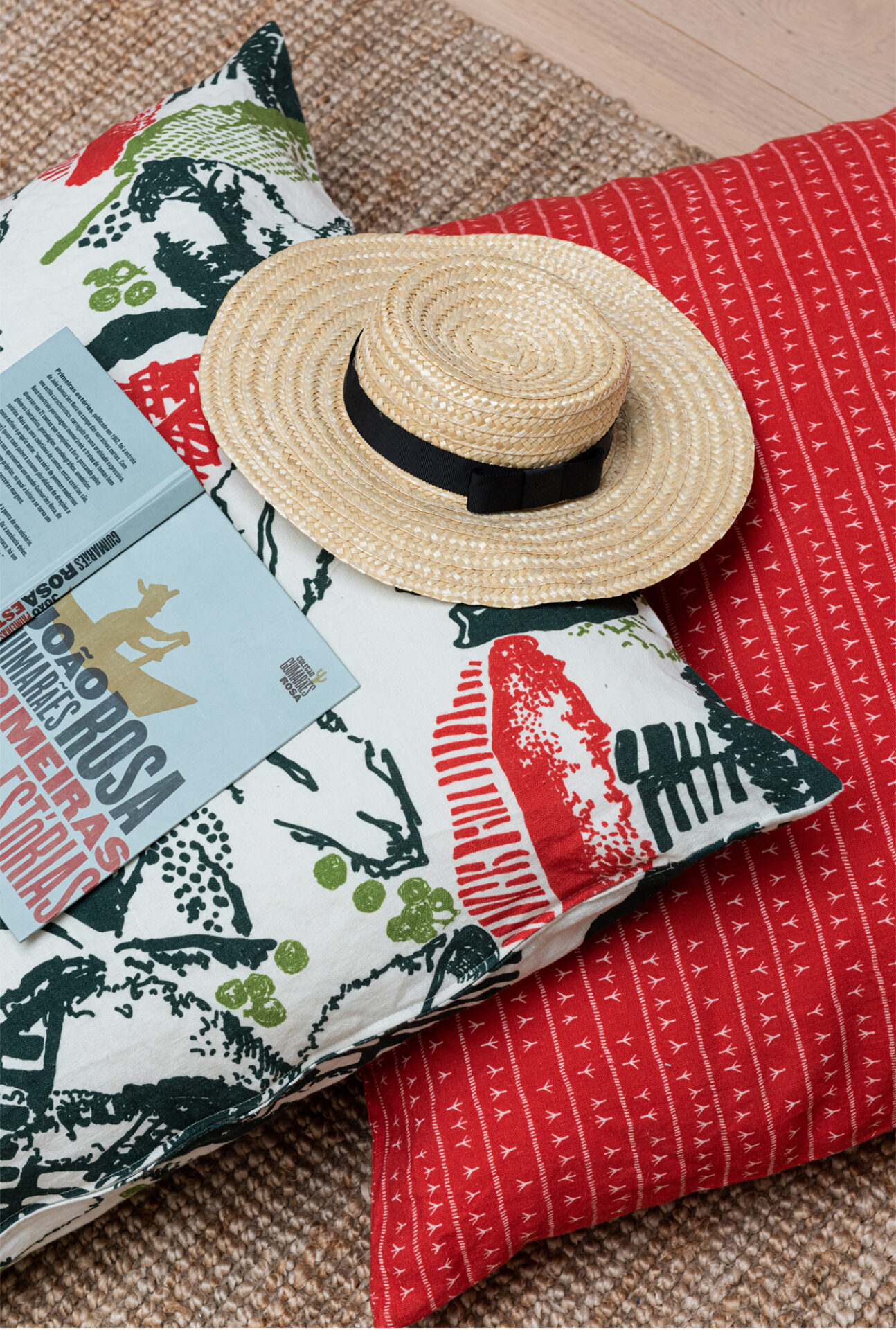FR
Brasilidade et la recherche d’une identité nationale
Brasilidade est le mot utilisé pour exprimer ce qui est représentatif de la culture et de la société brésilienne. L’origine de cette définition remonte au début du XXe siècle.
Après la fin de la Première Guerre mondiale, le Brésil aspire pour la première fois à créer une rupture avec son passé culturel européen pour affirmer sa propre identité nationale. Cependant, comment définir ce qui était spécifiquement brésilien dans un pays aux proportions continentales avec des différences régionales prononcées ?
Les intellectuels de l’époque se sont questionnés afin de créer dans l’imaginaire social une culture capable de capter et de relier toute cette hétérogénéité. De cet exercice est né le « Manifeste anthropophage ». Le mot « anthropophagie » signifie – l’homme qui se mange – une allusion au cannibalisme enraciné dans la culture indigène brésilienne. Un tel manifeste proposait aux Brésiliens de « manger », c’est-à-dire d’absorber toutes les références qui les entouraient, de les mélanger, de les digérer et d’en créer quelque chose de nouveau. La « culture du cannibalisme » suggéré un regard intérieur sur l’excentricité brésilienne afin de la transformer en quelque chose d’unique.
En 1922, la ville de São Paulo a accueilli la première grande exposition d’art visant à promouvoir une culture brésilienne authentique. La Semaine de l’art moderne, avec son langage esthétique et expérimental innovant, a été une étape importante dans la promotion de l’identité nationale, marquant le début du mouvement moderne brésilien.
EN
Brasilidade and the research of a national identity
Brasilidade is the word used to express what is representative of Brazilian culture and society. The origin of this definition comes from the beginning of the 20th century.
After the end of World War I, Brazil aspires for the first time to create a rupture with its European cultural past to establish its own national identity. However, how to define what was specifically Brazilian in a country of continental proportions with pronounced regional differences ?
The intellectuals at the time set themselves to create in the social imagination an identity capable of collecting and connecting all this heterogeneity. From this exercise came the “Manifesto Antropofágico”. The word “antropofagia” means – the man who eats himself – an allusion to the cannibalism rooted in the Brazilian indigenous culture. Such manifest proposed that Brazilians should “eat”, in other words, absorb all the references that they were surrounded by, mix them up, to digest and create something new out of it. The cannibalism culture promoted an inner look towards Brazilian eccentricity to transform its input into something unique.
In 1922, the city of São Paulo was home to the first great art exhibition aimed at promoting an authentic Brazilian culture. The Modern Art Week with its innovative aesthetic and experimental language was an important step towards promoting the sought out national identity, marking the beginning of the Brazilian Modern Movement.
Cover painting : Abaporu by Tarsila do Amaral
